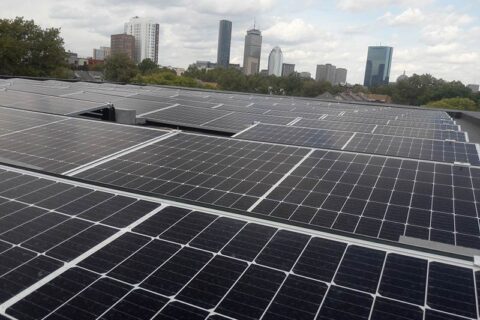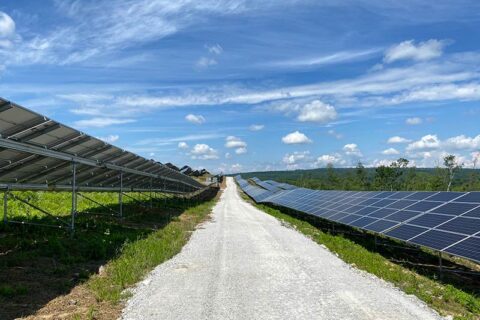How Microgrids Might Save the World
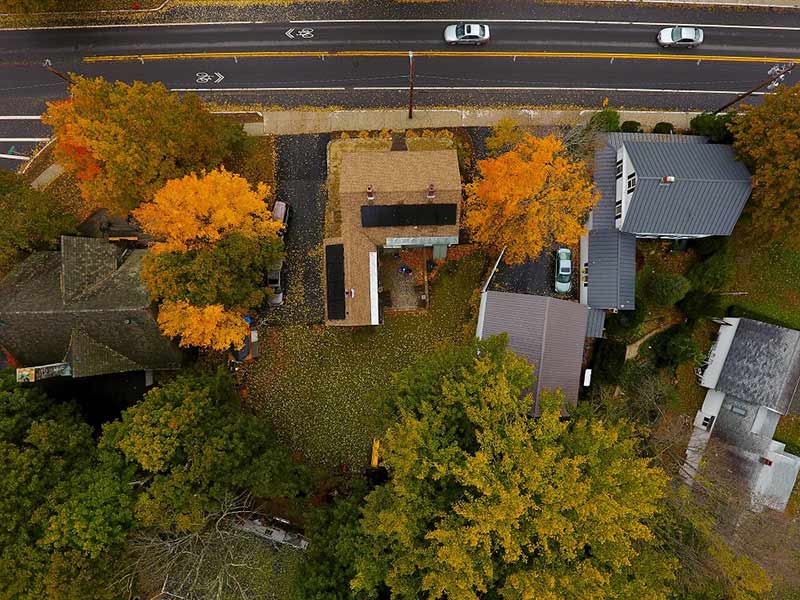
A microgrid is a localized group of interconnected loads and distributed energy resources. Essentially, a microgrid is a smaller grid that can connect and disconnect from a central grid or other microgrids to enable it to operate in both grid-connected or island mode. Renewable energy is incorporated into microgrids, as well as storage. The battery storage allows for backup power to be available in the event of blackouts, severe weather, or overloaded systems. Microgrids are extremely flexible, safe, reliable, and a great way of updating existing grids or bringing reliable energy to places with little to no existing infrastructure.
Microgrids address numerous problems and provide multifaceted solutions. Renewable microgrids are a way to combat climate change. They provide sustainable energy networks that utilize zero-emission energy sources which ultimately replaces fuel sources that contribute to air pollution.
Microgrids will also bring energy to less affluent countries. One of the problems that countries without widespread energy access face is that electricity is required to make economic and academic advancements, but they lack the infrastructure to bring energy to everyone. Currently, in many areas, it’s unattainable to build an electric grid because it would not reach enough people to make financial sense for the utility to build. People are stuck without power, which limits their access to resources that may help bring them out of poverty.
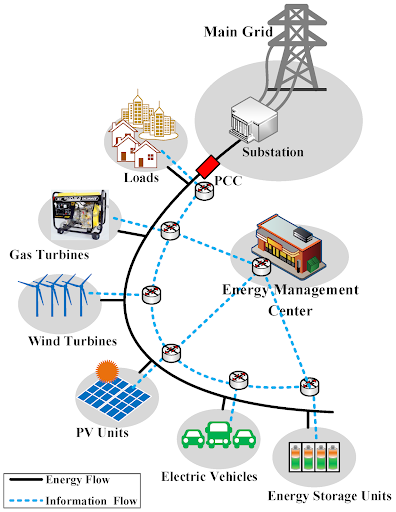
Microgrids are much smaller, more affordable grids to build. Small grids can be built and cost much less to both the utility and consumer, making electricity viable. Once more people are able to afford to connect, microgrids can be attached to one another, or to a larger grid. They are much more viable to build when funds and potential customers are limited. Microgrids are easy to expand as the economy and number of people connecting to it will grow as well.
Islands can also greatly benefit from microgrids. Since many islands must import most of their energy, it comes at an extremely high price. Islands that have microgrids that utilize solar panels are very self-sufficient, eco-friendly, resilient in disasters, and overall cost-effective. With microgrids, islands do not have to import oil or coal or have large facilities on the limited land they have for large power plants. It greatly reduces their local resident’s and business’s electric bills.
Yes, microgrids seem to be a great solution for other countries, but what about the United States? The U.S. already has an expansive electric grid throughout the country. Though this is true, The U.S. could greatly benefit from microgrids, as much as any other country. To start, microgrids are much safer when it comes to natural disasters and outages. Not to mention, blackouts and brownouts are extremely expensive. Microgrids can be connected to a larger network, but can easily be disconnected and run on island-mode as well. This means if powerlines go down somewhere, it would be a localized problem that could be fixed quickly. One powerline issue would not affect the entire community.
Microgrids also provide safety with security, one of the U.S.’s top priorities. Our outdated electric grid is constantly monitored to ensure hackers cannot shut it down. Microgrids are much harder to hack and can quickly become independent from the grid as a whole. This would make it much less appealing to hack because the entire country would not be immobilized from one microgrid losing power.
Lastly, microgrids are extremely efficient. Not only do they utilize renewable energy and storage, but the energy is not transported over long distances through inefficient transmission wires.
Microgrids are truly a solution of the future. Whether it is the start of an electric expansion, or updating an outdated grid, microgrids offer electricity with lower emissions, prices, variability, and risks. Solar-powered microgrids are popping up everywhere, from India to Puerto Rico and even smaller-scale ones at universities across the United States. One of the main components that make microgrids so reliable, eco-friendly, and cost-effective are the solar panels powering them.
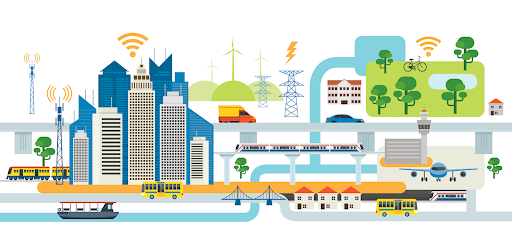
““

